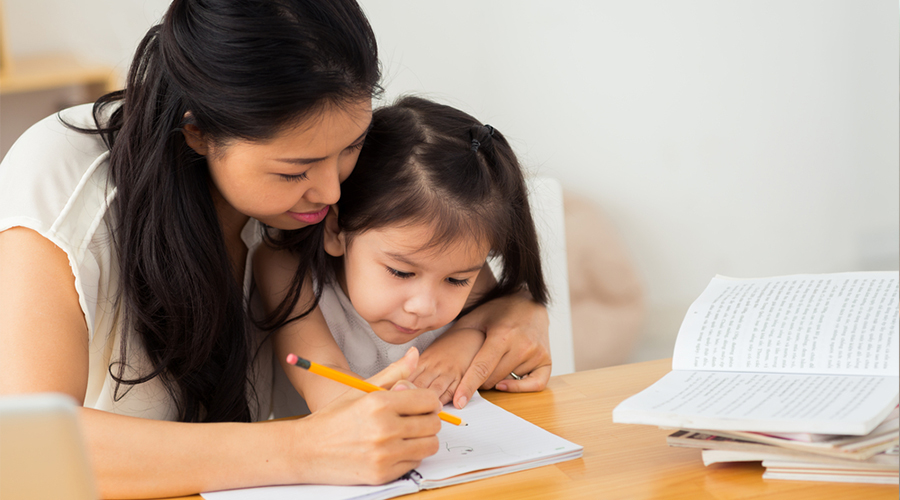Earlier this May, an 11-year-old boy took his own life. State Coroner Marvin Bay ruled it a suicide brought on by exam stress. He simply could not cope with declining results.
Sadly, he wasn’t the first, but only the youngest in a long series of suicides seemingly caused by academic pressure. On Sept 4, TNP reported the suicides of 2 JC students who killed themselves within a fortnight of each other. According to the Samaritans of Singapore, 27 youths between the ages of 10 and 19 went down the same path in 2015 alone.
It might not be indicative of an entire generation, but cited in the same TNP report, the rise in youths seeking help to cope with suicidal thoughts is enough to raise alarm bells. Any incident where someone decides to take his or her own life is one suicide too many.
The push to teach our children to be resilient is not new, but if I were a school teacher grading our nation on how we’ve done on that subject, I’d say we’d score a C so far. We agree that kids need to be taught ‘resilience’ but there are few concrete suggestions on how to actually do this.
The Heart of the Problem

In Prime Minister Lee Hsien Loong’s recent speech at the Singapore Institute of Technology, he said that there were a wealth of opportunities for today’s youths, so long as they have the resilience to press on through whatever challenges that come their way. Elaborating on resilience, he called on youth to have “resolve and spirit” as well as “toughness and flexibility to soldier on”.
That’s a nice soundbite, but we need to be able to drill down to what we can do. The problem, I strongly believe, is that we cannot learn resilience without experiencing failure. Unfortunately, our education system gets an A+ for nurturing top talent and a C- for helping those who stumble. There are scholarships aplenty for the high-flyers and harsh consequences when we do not achieve immediate success.
The Ministry of Education is trying hard to change. There is no more streaming, no secondary school rankings and the PSLE Aggregate score will be abolished in 2021. Although a welcome shift in emphasis from results to the value of the learning process itself, these changes will mean nothing if their spirit is not echoed by our collective behaviour. It will be one step forward and two steps back if we simply replace official school rankings with unofficial speculation.
‘It takes a village to raise a child’ — so the saying goes. So what can our kampong do to help instil this nebulous resilience? How do we help our kids bounce back from failure?
Pragmatic points
Firstly, use more positive reinforcement. Denmark has the happiest people in the world in part because they raise the happiest children. In his book ‘The Danish way of Parenting’, Danish psychologist Iben Dissing Sandahl devotes a full chapter reminding us to “highlight the positive aspects of negative experiences”. In simpler terms, a little praise to temper your criticism.

Did your child fail his math exam again? Acknowledge that his score improved. Disappointed with his English composition results? Don’t tear the entire essay to shreds, he must have written at least one good description. There is no such thing as an unanimous failure. In Sandahl’s words, we must ‘reframe’ these setbacks into useful learning opportunities.
Secondly, display the resilience that you wish to see in your children. Think about your own reaction when presented with a 32/100, is it really an example of strength and fortitude? I wager often not. Patience is a form of resilience and we cannot demand it in our kids if we do not demonstrate our own patience when the going gets tough.
After all, children learn by imitating role models. In the famous Bobo doll experiment, psychologists discovered that children imitate adult behaviour without the need for reward or punishment. After watching an adult punch and kick the Bobo doll, frustrated children did the same when left alone in the room. In the absence of aggressive adult models, fewer children behaved aggressively.

The lesson? If you grow upset when your kid stumbles or falls, it only reinforces the same response in him or her. Scream at your child and they only learn to scream back.
Lastly, set goals together and pursue them. Resilience without purpose is just masochism. When you have a finish line in mind, obstacles and challenges become much easier to deal with. In his interview with The Straits Times, Mr Riduan Zalani, winner of the Singapore Youth Award and the Young Artist Award, credited his resilience and success to his firm sense of purpose. Despite coming from a modest background, he was able to endure many hardships to succeed because he worked towards a clear goal – developing arts and culture in Singapore.
First us, then them
Saying is simple but doing is hard. It is easy to talk in the abstract about role models and positive reinforcement. When faced with a disappointing red marks and an unsatisfactory result slip, swallowing your anger suddenly becomes a lot harder.
But nobody ever said teaching toughness ain’t tough. This is perhaps the central paradox of resilience — they will never learn to cope with their own failures if we cannot cope with theirs. In order to inculcate resilience in our children, we must first find it again in ourselves. So for once, let’s stop pointing fingers at the oft-maligned strawberries of this generation, stiffen our resolve and build a more resilient generation together.
